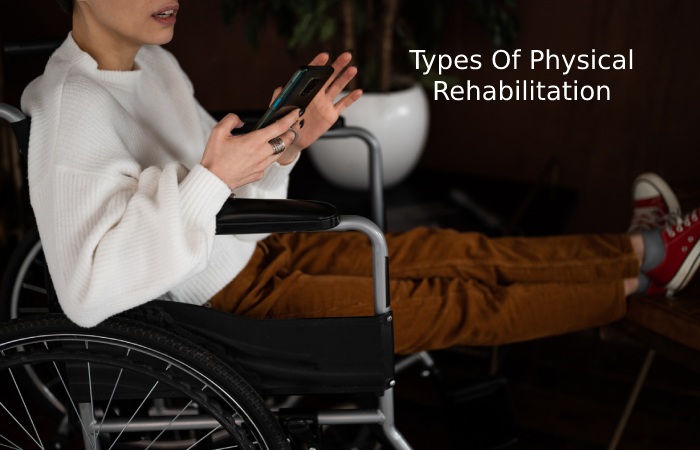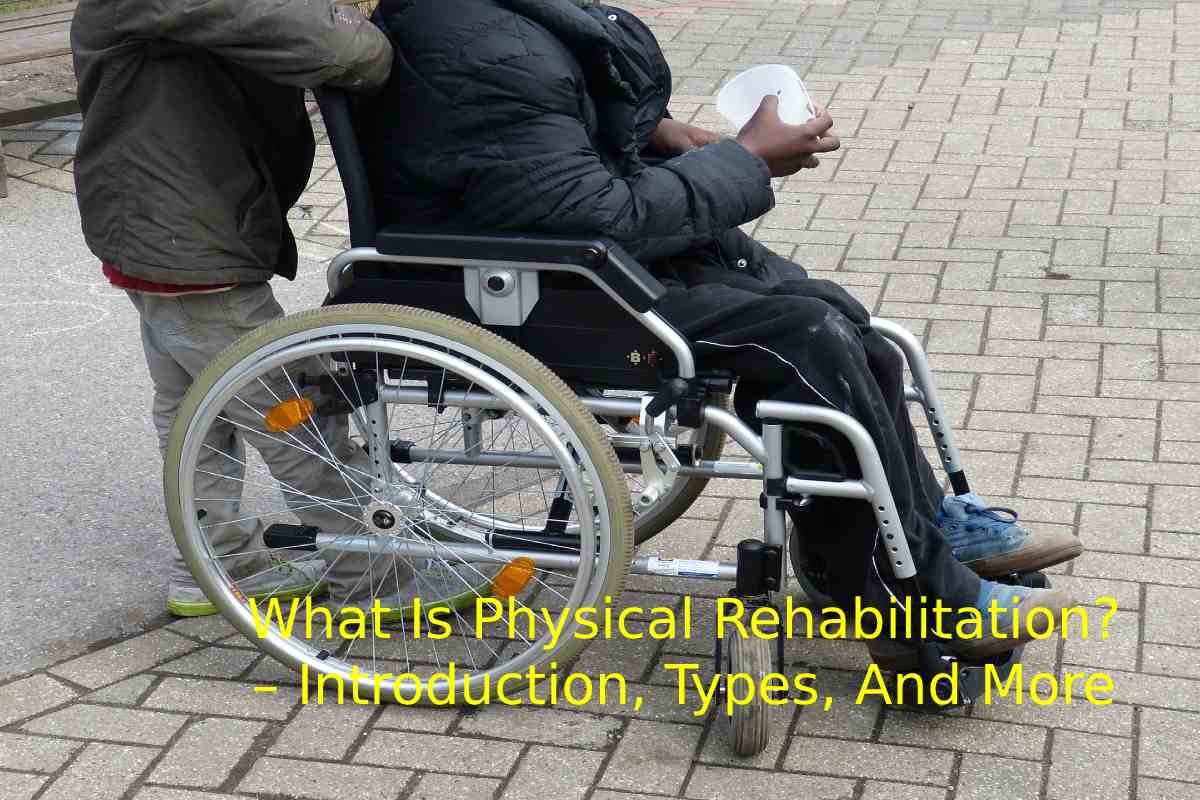Table of Contents
Introduction
Physical rehabilitation is the discipline responsible for healing and recovering to the maximum, all the motor skills of an individual affected by an injury or illness. All this with the aim that he can return to his routine activities and be autonomous.
In other words, when we talk about physical rehabilitation, we mean all the procedures, on a general and continuous level, to promote and achieve desired levels of independence and physical abilities of an injured, ill or disabled individual.
Likewise, this methodology addresses psychological, social, vocational and financial factors so that the patient can be responsible for their own health and independence.
How is Physical Rehabilitation Carried out?
This activity must be carried out directly or under the supervision of a doctor in physical rehabilitation or a physiatrist.
Likewise, it may be accompanied by a team of professionals or specialists from other branches of medicine or physical treatment to analyze and design a treatment plan that meets all expectations. both physical and mental health and, of course, that suits the financial possibilities of the patient.
Physical rehabilitation is carried out through treatments using various instruments and techniques, such as heat, cold, light or electricity, to relieve pain, reduce inflammation, treat a range of motion, recover muscles, correct posture and other imperfections. For clinics or rehabilitation centers managing equipment deliveries, utilizing LTL Shipping can ensure timely and cost-efficient transportation of essential tools and machinery.
Also, the Specialty Requires that:
- Assess the patient comprehensively
- Carry out an investigation of the deficiencies at the osteoarticular level to look for fractures, dislocations, decalcifications, movement alterations, among other circumstances
- Establish goals to develop a plan for treatment and prevention of other orthopaedic complications
- Study if the patient needs technical assistance, for example, a wheelchair or crutches
- Monitor clinical evolution to assess progress, modify physical rehabilitation goals, and treat emerging problems
- Describe and evaluate possible sequelae and motor limitations to establish routes of maximum autonomy after the rehabilitation period
- Meet and train family members and caregivers to make them aware of the goals and possibilities within physical rehabilitation so that they can continue treatment at home.
- In this way, physical rehabilitation can reincorporate an individual into their routine activities at their maximum capacity, after an accident or illness.
Types of Physical Rehabilitation

Some subcategories allow various physical conditions to be address more efficiently and patient-appropriate within this specialty. Next, we will talk about some of these.
Neurological
Diseases and unfavorable neurological conditions lead to extreme muscle weakness. To the point of making balance or coordination impossible.
This subcategory aims to establish better mobility conditions and treat disorders originating in the individual’s nervous and neuromuscular systems—for example, spinal cord damage, brain trauma, multiple sclerosis, and aneurysms.
Musculoesquelética
It deals with the recovery or repair of deformities or ailments related to the musculoskeletal system of the human being.
This specialty of physical rehabilitation includes the correction of muscles, ligaments, bones, tendons, and other areas of the body.
Cardiopulmonary
He specializes in treating diseases related to cardiopulmonary disorders, such as heart failure and also chronic pulmonary obstruction.
The professionals of this physical rehabilitation study execute and educate patients on exercises and techniques to improve resistance and increase their quality of life.
Pediatric
This focuses on helping repair and heals acute damage or defects that occur in infants at birth or in their development. such as delayed growth and genetic defects related to brain psyche and movement. Such as paralysis .
Different therapeutic exercises are performed on children to strengthen the affected areas to repair their function or mobility.
Likewise, the areas of physical rehabilitation or the types can be extend by other subcategories as studies and techniques in the health area evolve.
Types of Treatment Modalities
Finally, this article will review the types of treatment modalities used in physical rehabilitation. These are:
- Manual: where physical therapists use their hands or with instruments to massage and repair affected areas
- Electrical to stimulate the nerve: small devices are use to send currents of electricity through electrodes on the superficial part of the skin. This temporarily relieves the pain
- Magnetic: in this, electromagnets intervene to limit the impact of an ailment
- Acupuncture: with excellent needles; are insert at critical points to reduce pain temporarily
- Mobilization: Mobility exercises are perform at varying speeds, depths, and ranges to restore range of motion
- Stretches: different exercises are taught to stretch and also, repair the movement
- Hydrotherapy: in this, water jets are use to treat, for example, arthritis. Exercises are perform in the water, at various temperatures, to stretch and strengthen the body
- Hot and cold: using ice and hot water, certain physical conditions of patients can be determine. And also, repair chronic conditions with nitrogen spray or infrared heat for ailments

